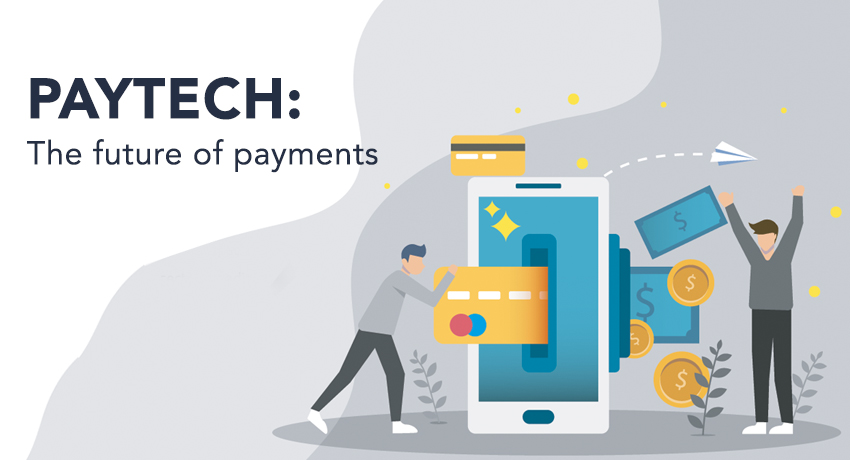Paytech: The Future of Payment

Ancient civilizations paid in beads or coins that eventually changed to gold or silver coins and today, we have adapted to paper money as a form of payment. This goes on to show that ‘Payment’ has been an integral part of our society since the beginning of time irrespective of the type we considered currency.
With the invention of technology affixed with payments, we are switching from a long-followed method; payment in physical form to technology-based payment methods – PayTech. Individuals indulge in digital payments and to a large extent, Gen Z prefers digital payment over physical payment, especially after the onset of the pandemic.
Pay Tech has now become the norm with its high adoption rate and as per experts, India is a great market for Pay Tech. Big players like PayTM, BHIM, Google Pay, Apple Pay, etc., are investing heavily to penetrate the Indian market owing to the potential it holds.
Contactless cards, mobile wallets, QR payments, the BNPL model, neo-banking, open banking, etc have gained great traction in India. Positive government policies and regulations have added to the widespread reach and adoption of PayTech even in rural India. Interestingly, other countries are also looking up to India and are shaking hands for a successful collaboration. For instance, India and Singapore are set to link UPI and PayNow this year to benefit the population who indulge in international transactions.
Blockchain technology and cryptocurrencies have also gained immense popularity due to technology-based payment options. Card networks, acquiring banks, electronic money institutions, issuing banks, payment gateways and payment service providers have all come under one roof to offer an end product to the customers.
The government of India is leveraging this interest, adoption and usage to cater to the underserved market, i.e., the rural population. 800 million individuals fall under the category of ‘underserved’ who can be tapped and given financial services through the promotion of PayTech.
However, to penetrate the said rural market, the government must adopt alternatives other than the traditional brick-and-mortar model. Financial inclusion comes when every individual is financially abled and empowered; hence, the government needs to leverage technology to achieve the said stance. By ensuring internet connection in rural areas, the government can reach out to the people with a robust and secured digital pathway.
Other challenges like awareness, education, human intervention, trust, etc also play a vital role in delaying the penetration plan. However, Fintech is slowly and steadily reaching out to people and enlightening them on basic financial terms.
Today, Fintech like iServeU is successfully functioning in rural areas, promoting PayTech through its secured and robust business model where they leverage the existence of Kirana stores to enable people to make digital payments.
PayTech has opened big avenues for service providers as well as users. It has enabled service providers to aim, serve and expand to larger populations while offering them ease, convenience, security and experience for users.

